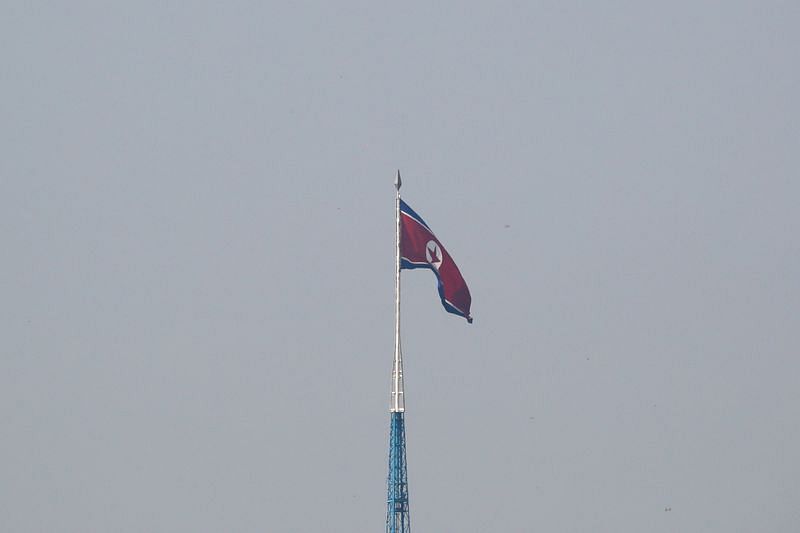By Hyonhee Shin and Minwoo Park
SEOUL (Reuters) – North Korea’s presumed use of a silo in its latest missile test was aimed at boosting the speed and reliability of launches, and could be used in future flights of intercontinental ballistic missiles (ICBMs), analysts said on Monday.
State media called Sunday’s launch of the solid-fuelled KN-23, a short-range ballistic missile (SRBM), the latest in the isolated country’s recent series of missile tests, an element of drills simulating a nuclear counterattack against the U.S. and South Korea.
State media photos showed that the missile soared from what appeared to be a buried silo, which analysts say would help fire missiles with little warning while evading outside monitoring, as Pyongyang races to perfect ICBMs capable of striking anywhere in the U.S.
“With a silo, you can quickly fire a missile, almost immediately,” said Yang Uk, a fellow at the Asan Institute for Policy Studies in Seoul. “And without launch preparations being detected in advance, you can just press a button.”
Unlike the KN-23, liquid-fuelled missiles such as North Korea’s Hwasong-17 ICBM require time for fuelling. With a silo that can take place underground, out of sight.
North Korea typically relies on mobile launchers, but the country’s lack of infrastructure could make launches from such trucks challenging, Yang said.
“But the downside is that silos can be detected with satellite imagery, so someone would always keep an eye on them, and they might just be incapacitated in a preemptive strike,” he added.
Decker Eveleth at the James Martin Center for Nonproliferation Studies in California said North Korea started breaking ground on the silo in late January, which means the deployment time for a missile based in such a structure could be less than 60 days.
Joseph Dempsey, a defence researcher at the International Institute for Strategic Studies, said satellite imagery on Feb. 13 and March 18 indicated recent excavation and construction of possible fixed launch sites at the North’s Sohae missile launching station.
(Reporting by Hyonhee Shin. Editing by Gerry Doyle)
Disclaimer: This report is auto generated from the Reuters news service. ThePrint holds no responsibilty for its content.
